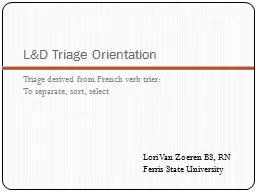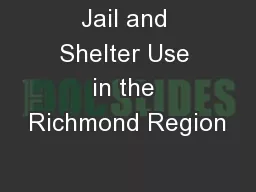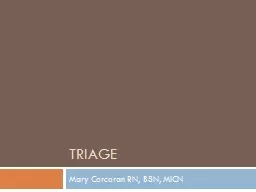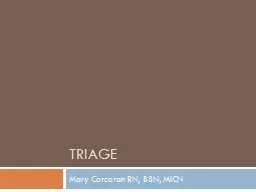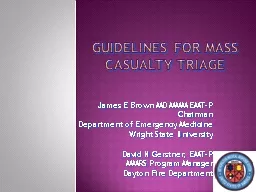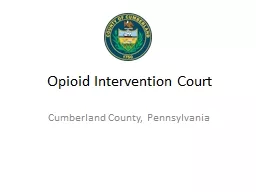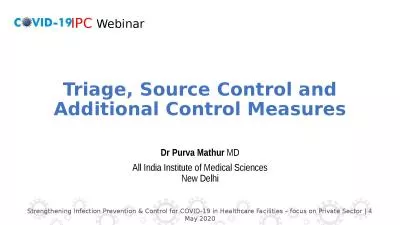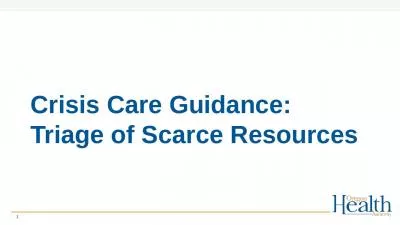PPT-Jail Triage Jail Triage Program Goals
Author : madison | Published Date : 2022-06-14
Jail Triage is a voluntary program available to Kentuckys county jails that screens for suicide risk recommends interventions and arranges followup assessments with
Presentation Embed Code
Download Presentation
Download Presentation The PPT/PDF document "Jail Triage Jail Triage Program Goals" is the property of its rightful owner. Permission is granted to download and print the materials on this website for personal, non-commercial use only, and to display it on your personal computer provided you do not modify the materials and that you retain all copyright notices contained in the materials. By downloading content from our website, you accept the terms of this agreement.
Jail Triage Jail Triage Program Goals: Transcript
Download Rules Of Document
"Jail Triage Jail Triage Program Goals"The content belongs to its owner. You may download and print it for personal use, without modification, and keep all copyright notices. By downloading, you agree to these terms.
Related Documents



